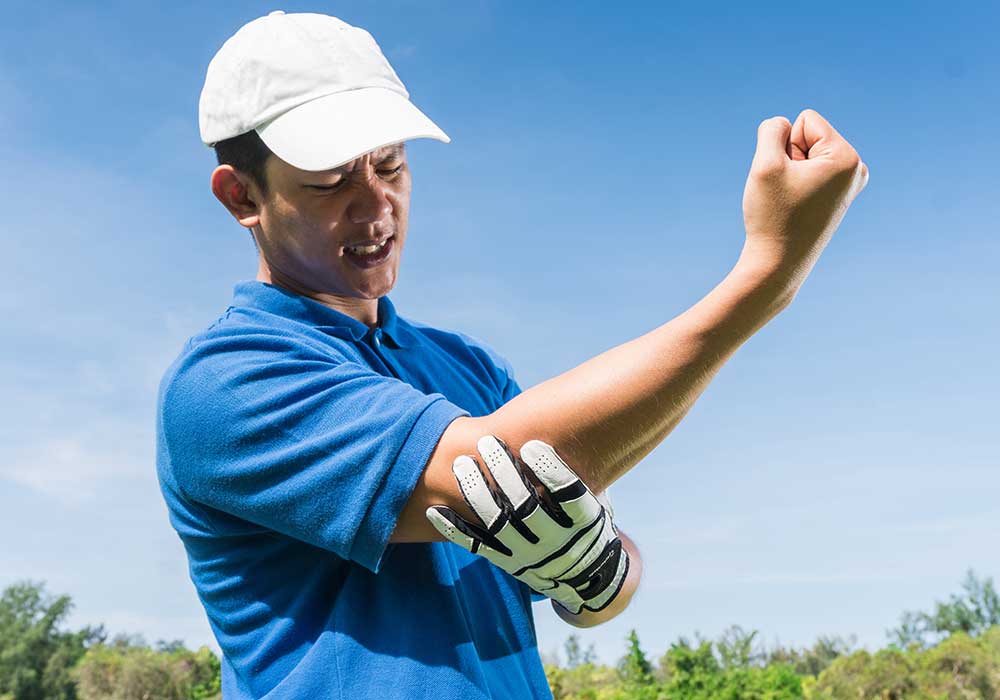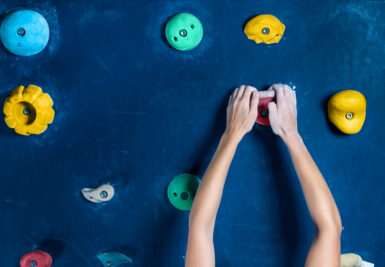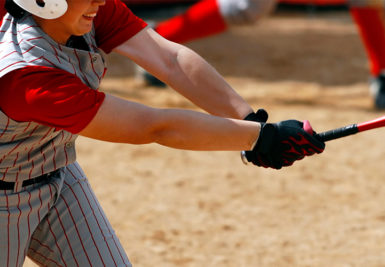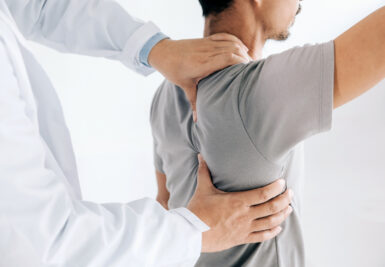You may have heard about your favorite baseball player or Olympic gymnast experiencing a torn UCL at some point in their career. But while this injury is most common in athletes, it can happen to anyone, and you should know what to expect if you or someone you love experiences a UCL tear.
Read on to learn the signs and symptoms of a torn UCL and the different treatments—like Tommy John surgery—that might be recommended to get you back in the game.
What is a torn UCL?
The ulnar collateral ligament (UCL) is a small ligament on the inner portion of the elbow. It connects the inside of your upper arm to the inside of your forearm and helps support and stabilize your arm.
A torn UCL is an elbow injury that happens most often to athletes. Traumatic elbow injuries—like tears or dislocations—commonly occur in gymnastics, wrestling or baseball. A torn UCL can occur suddenly or gradually over time with recurring overuse.
What are the signs of a torn UCL?
A torn UCL usually happens after you notice some soreness on the inside of the elbow. The actual tear itself may feel like a “pop” followed by other symptoms, including:
- Pain on the inside of the elbow
- Decreased stability
- Tingling in your ring and pinky fingers
- Irritation or discomfort of your funny bone (ulnar nerve)
- Unable to throw at full ability
- Swelling on the inside of your elbow
- Weak hand grip
How is a UCL tear diagnosed?
The doctor will ask you about your medical history and regular activities to determine if your injury is a torn UCL. They will also ask about what you were doing when the injury occurred and what symptoms you’re feeling.
They’ll then examine your elbow and arm and may order some imaging tests to assess the injury. If you have a torn UCL, these diagnostic scans will allow the doctor to develop the best treatment plan for your injury.
Some imaging tests commonly used to diagnose UCL injuries include:
- CT scans
- MRIs
- Musculoskeletal ultrasounds
- X-rays
Treatments for a torn UCL
While a torn UCL was once thought to be a career-ending injury for athletes, it’s now getting diagnosed and treated early enough that many patients can return to their sport after treatment and physical therapy.
The recommended treatment for a torn UCL will depend on the severity of the injury and whether or not there is arthritis in the joint.
Your doctor will typically recommend a splint or cast for injuries that don’t require surgery. Other non-surgical treatments for a torn UCL include:
- Rest/activity modification
- Icing or applying heat to the elbow
- Anti-inflammatory medication
- Strengthening exercises
- Physical therapy
UCL reconstruction: Tommy John surgery
Surgery is recommended most often when a torn UCL happens because of overuse. This is common for people who do a lot of bending at the elbow (like baseball pitchers). The goal is to stabilize the elbow, reduce pain and restore your range of motion.
UCL reconstruction—also known as “Tommy John surgery”—is commonly used to repair a torn UCL inside the elbow by replacing it with a tendon from somewhere else in the body or from a donor.
The procedure was first done in 1974 on baseball pitcher Tommy John, who it’s now named after. It’s a procedure done often on athletes in several sports, particularly in baseball.
A small incision is made on the outside of your elbow during the surgery. Your muscles and tissues are moved out of the way, and the damaged tissue is removed. The graft is then attached to the ulna and the humerus with buttons or screws.
Learn about one baseball player’s comeback after Tommy John surgery
Recovery from surgery
If surgery is performed, bracing will be required for several weeks after, followed by a progressive rehab period. Full extension of your arm should come about a month after surgery, and you will no longer need your brace.
Your doctor and physical therapy team will create a customized program to help you manage your pain as you regain strength and function after surgery.
Patients typically regain a normal range of motion within two to four months after surgery. If you’re an athlete, they’ll work with you on a plan to get you back on the field as soon as it’s safe to do so.

Get the Ultimate Guide to Hand, Wrist and Elbow Injuries
At OrthoIndy, our hand, wrist and elbow specialists, sports medicine team and physical therapists work together to get you back to your usual activities after an injury.
Learn more in the Ultimate Guide to Hand, Wrist and Elbow Injuries. It has everything you need to know about common hand, wrist and elbow injuries and what to expect with treatment.





